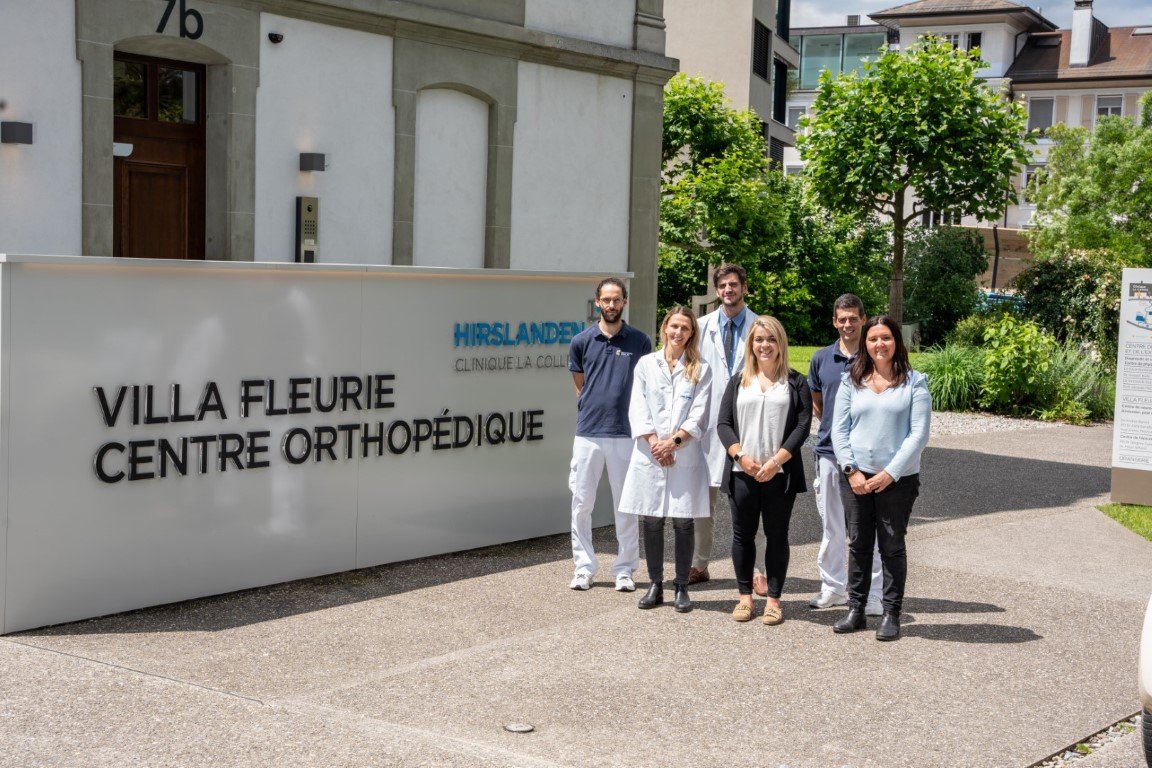Publication: BMC Musculoskelet Disord. 2023 Nov 15;24(1):888. doi: 10.1186/s12891-023-06957-y.
Co-authors: Brandariz R, Charbonnier C, Culebras A, Lädermann A, Cunningham G.
Abstract:
Background: The bone morphology of the greater tuberosity and lateral acromion plays a central role in subacromial impingement syndrome. The critical shoulder angle (CSA) and greater tuberosity angle (GTA) are two-dimensional measurement parameters that have been validated to evaluate it radiologically. These markers are, however, static and don’t consider the dynamic effect of glenohumeral motion.
Objectives: This study aimed to better understand the biomechanics in subacromial impingement with a dynamic simulation based on a validated 3D biomechanical model coupling joint kinematics and 3D reconstructed computed tomography.
Study design & methods: Sixty-one patients were included in this study: a case group of 44 patients with degenerative rotator cuff tears involving only the supraspinatus, and a control group of 17 without a rotator cuff tear. Patients with previous surgeries, traumatic cuff tears, and cuff tear arthropathy were excluded. CSA, GTA, and impingement-free range of motion (IF-ROM) of the glenohumeral joint in scaption were calculated. Correlation tests were used to determine the relationship between ROM and CSA, GTA, and combined CSA and GTA values.
Results: CSA and GTA were significantly higher in the rotator cuff tear group (p = 0.001 and < 0.001), while IF-ROM was significantly higher in the control group (p = 0.001). There was no overall correlation between CSA and GTA (R = 0.02, p = 0.8). Individual correlation between both angles with IF-ROM was negatively weak for CSA (R = -0.4, p < 0.001) and negatively moderate for GTA and IF-ROM (R = -0.5, p < 0.001). However, combining both angles resulted in a negatively high correlation with IF-ROM (R = -0.7, p < 0.001).
Conclusion: Subacromial space narrowing during scaption is highly correlated to the cumulative values of GTA and CSA. These findings suggest that the combined bony morphology of the lateral acromion and greater tuberosity plays an important role in subacromial impingement.
Level of evidence: III.




